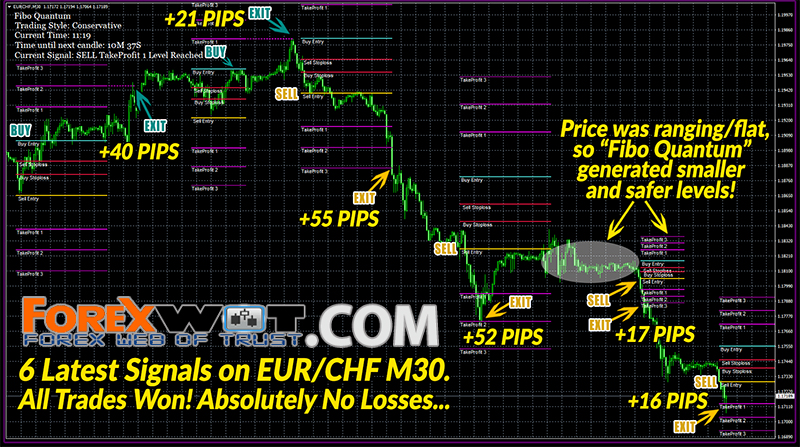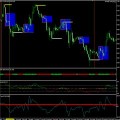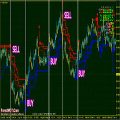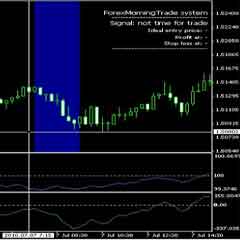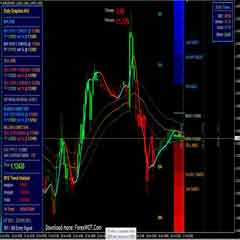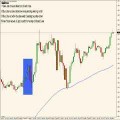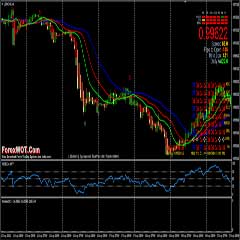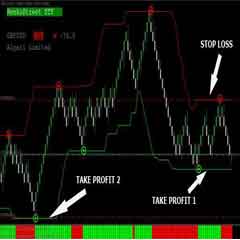When Does Latency Become an Issue in Forex Trading ?… Latency (also known as a delay) is a widely used term in computer networking. It is defined as a time difference between triggering a command and taking that command in action.
For instance, in Forex trading, latency expresses how much time will be taken in order to get the response from the broker’s server to the trader’s request.
Latency is measured in time units (milliseconds). Millisecond is 1/1000 (one thousandth) of a second, so 1000 milliseconds equal to 1 second.
For easier understanding of what the latency is, let’s imagine a firehose. If you uncap it will take a few seconds before the water comes out.
This analogy is very simple, because uncapping depicts our “request” and water that starts to flow out of the firehose is a “response.”
The longer it is more time will be needed for water to come out.
The latency accrues because broker needs time in order to process your trade on the market. Usually is is called the order execution time. In generally it is measured in milliseconds (1/1000 of a second) But even during that time, the price can noticeably move in ether way.
The problem is, that if it moves against your trade, your profit can be decreased considerably or you can even face the losses in case you’re a scalper or a short time trader.
The easiest way to cut the order execution time is to chose the right broker…
Previously, to compare the execution time from different brokers, you would need to install a few platforms (one for each broker) and then on each of those platforms you’d need to install the special software. However, those times are left behind now.
Recently MetaQuotes has started the beta-test of the new update of MT4. One of the most useful features there is the execution time notifications, that you can see in the journal. Also it now allows you to connect to any server without the installation of another platform.

